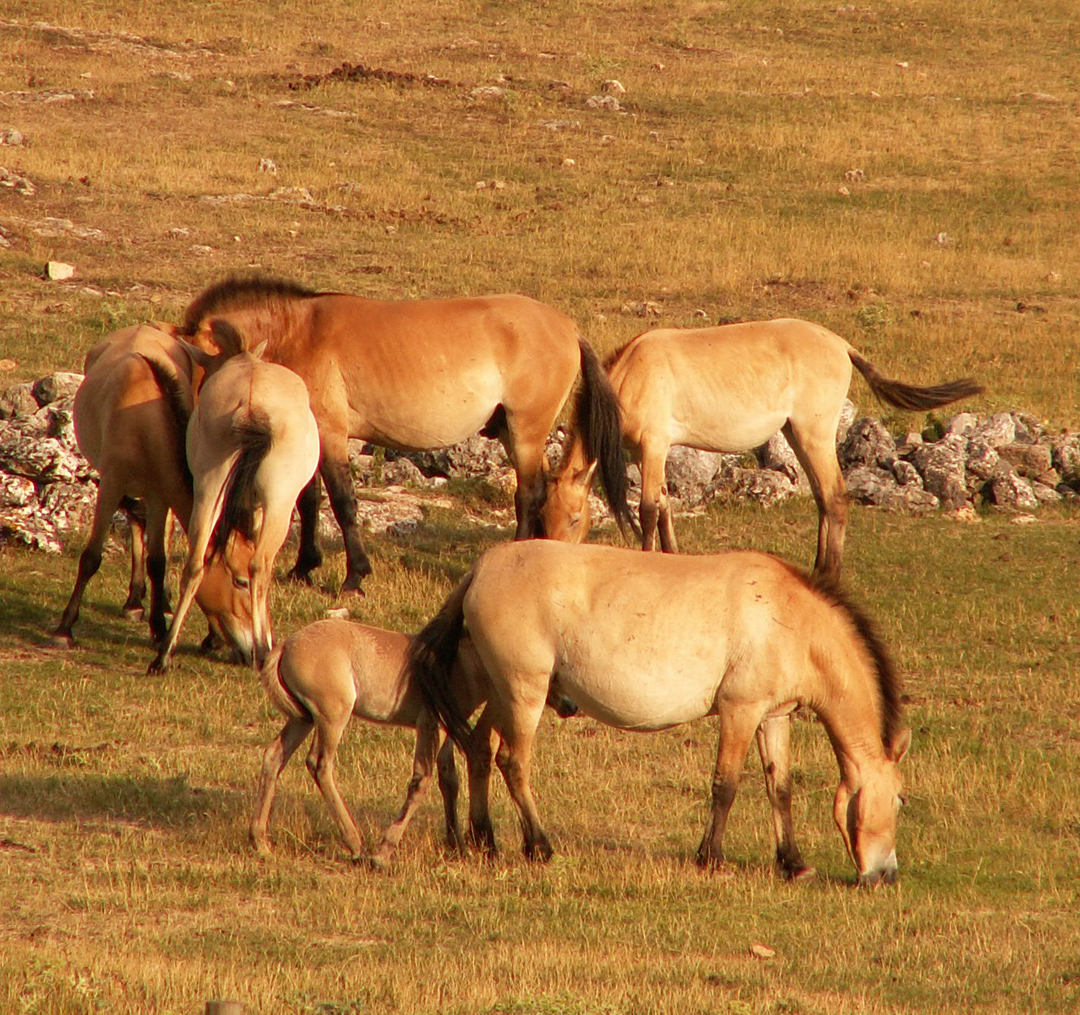
Ancient DNA from horses slaughtered by Neanderthals sheds light on equine evolution
On Oct. 1, 2025, researchers excavating a site known as Schöningen in northern Germany reported finding 300,000-year-old genes, the oldest ever recovered from open-air site. The study was published in Nature Ecology & Evolution, revealing new details about equine evolution.
The Schöningen horses, which the results show were an extinct relative of modern horses, aren’t the oldest organisms ever genetically sequenced. Previous efforts have retrieved DNA from permafrost and glaciers, preserving it for up to 2.4 million years. Caves, too, can keep DNA intact for hundreds of thousands of years thanks to cool, stable temperatures.
But Schöningen is an open-air site in a temperate part of the world where summer and winter conditions can vary widely, making DNA preservation uncommon. “It’s the most ancient genetic data retrieved from such a context,” says Claudio Ottoni, a paleogeneticist at the University of Rome Tor Vergata who was not involved with the new research.
Retrieving this DNA and making sense of it was a monumental effort. To make the most of the horse skulls, the team used 3D x-ray scanners to find the “sweet spot” where the bone was particularly dense, then drilled out a tiny amount of bone powder. They targeted mitochondrial DNA, which is much more plentiful, and located genetic material in the horses’ hard inner ear bones that had been badly fragmented by age.
Usually, geneticists use modern animals’ genomes to guide them as they puzzle together fragments of ancient DNA. But the Schöningen horses belonged to an extinct lineage; relying on modern horse genetics as a reference might have led them astray.
Instead, Posth’s team came up with statistical tools to identify and then correct each individual base pair that might have been swapped because of molecular damage. “They really used some of the best molecular tools to retrieve what little DNA is preserved,” Orlando says, “and also pushed the statistical methods to eliminate the noise you get when DNA is old and damaged.”
The result was a peek into the deep past. DNA analysis confirmed the Schöningen horses were close relatives of modern horses, part of a lineage that entered Eurasia more than 1 million years ago. “Having genetic data which is time-stamped,” Ottoni says, “helps a lot with understanding the evolution of the species and the migration of equids from North America to Europe.”
Tags:
Source: Science
Credit:
